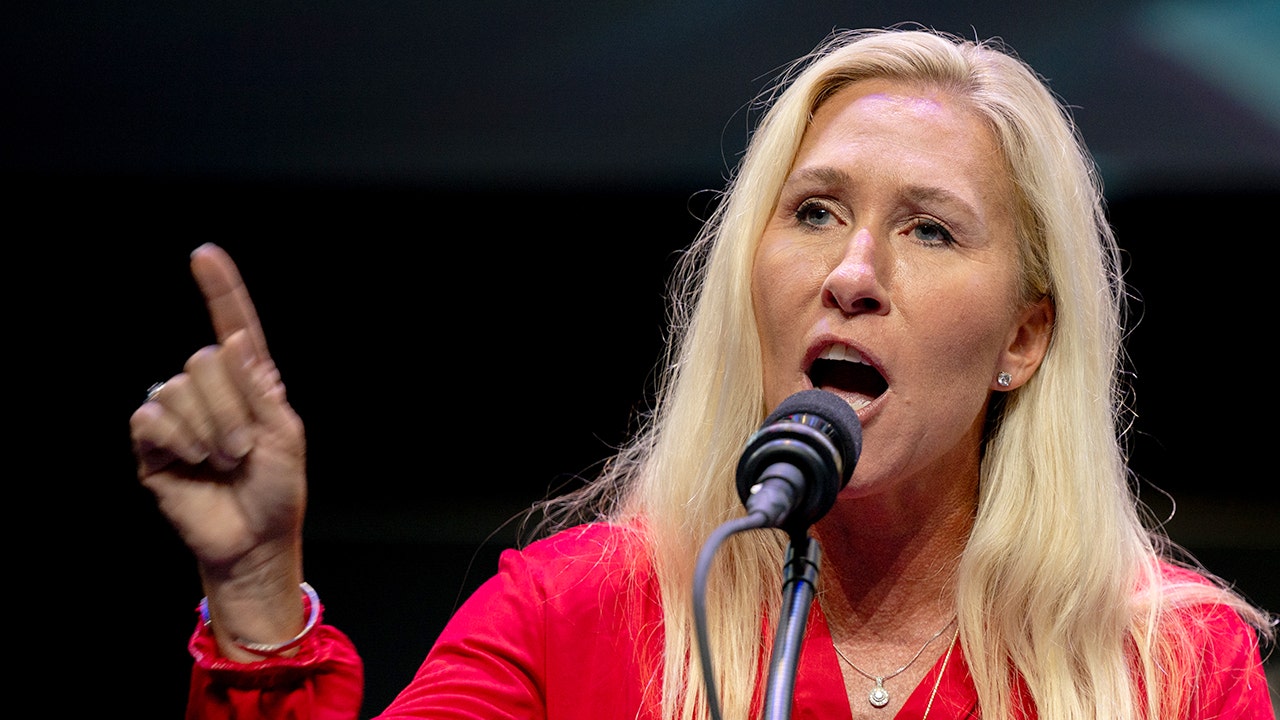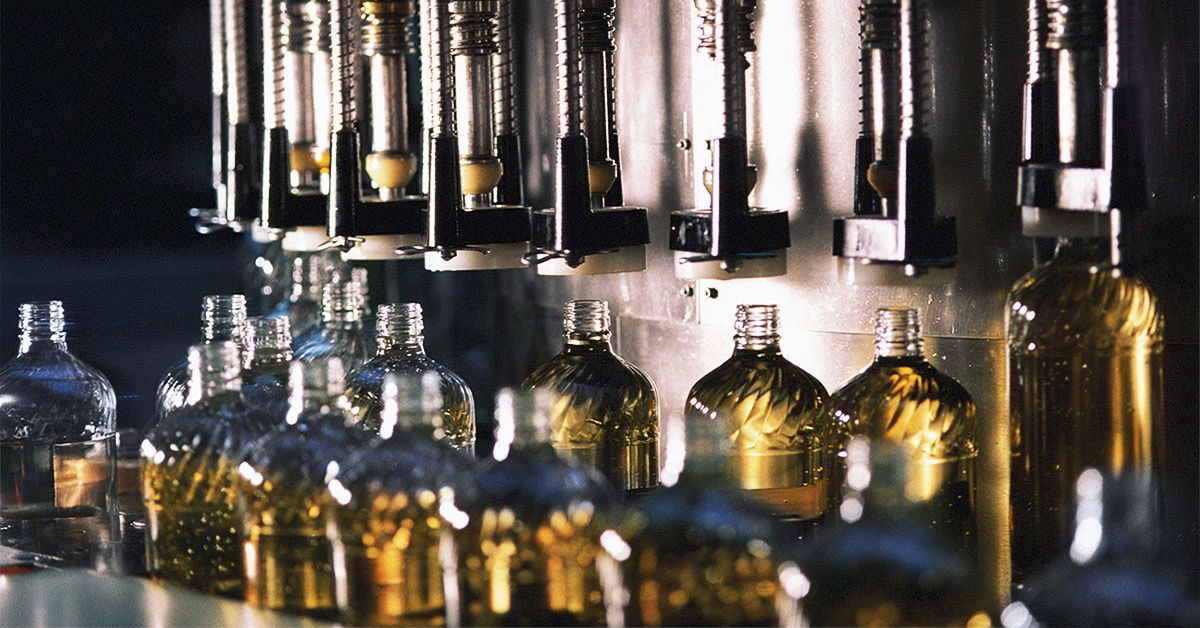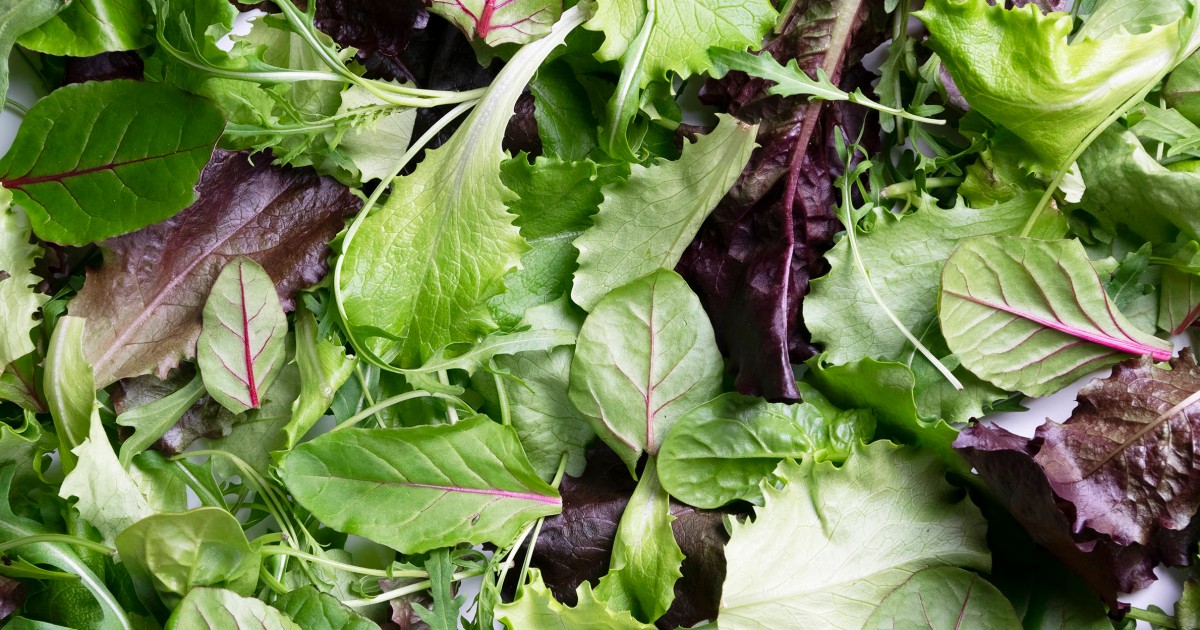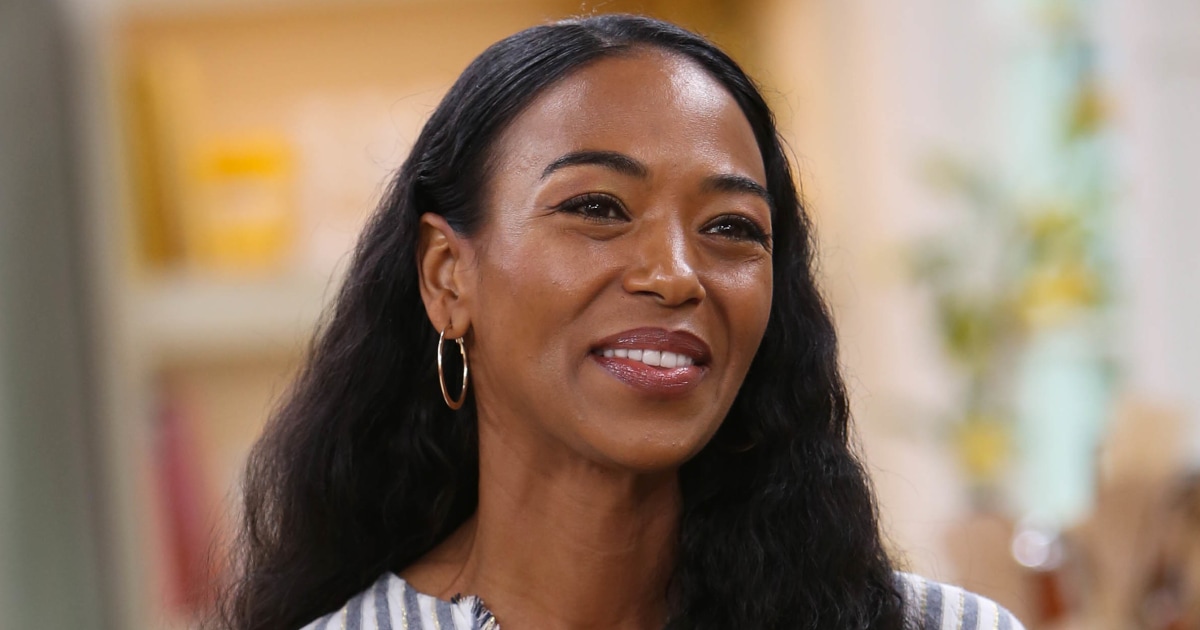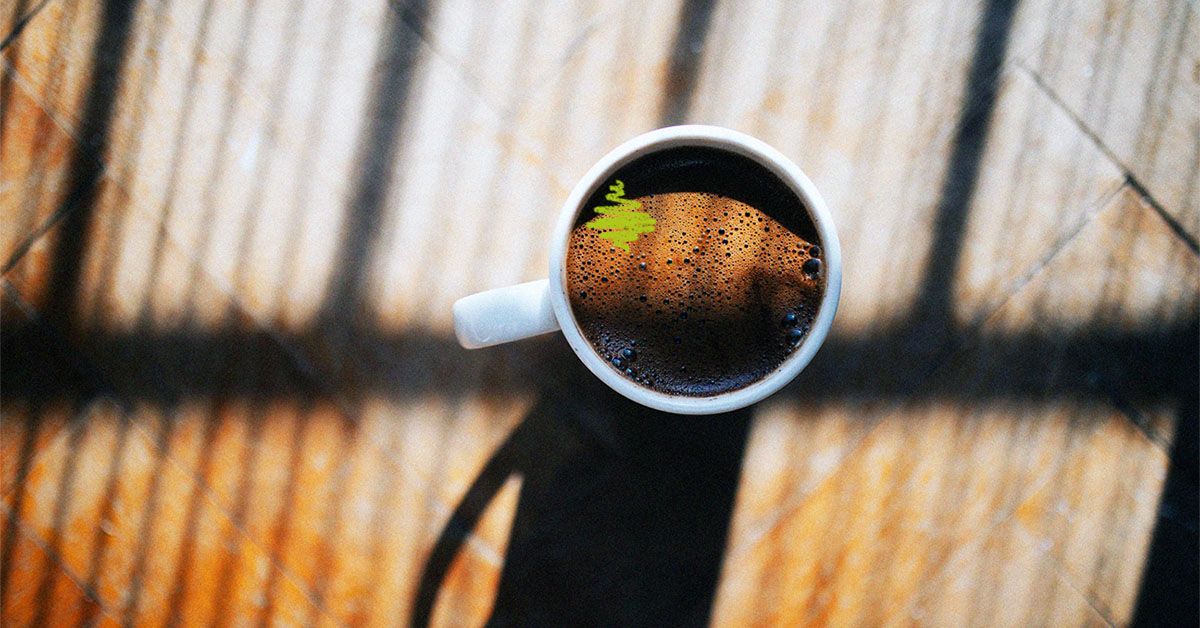- Breast cancer, the most common type of cancer in women, affects around 13% of women at some time in their lives.
- In the United States, although deaths from breast cancer are falling, the incidence of the disease is increasing, particularly among younger women, and experts are unsure why.
- A new study could suggest one possible explanation — chemicals that transfer from packaging into our food.
- The study identified 189 chemicals in food packaging that are possible mammary carcinogens — substances that could increase the likelihood of breast cancer.
According to the
- Being female — women are much more likely to develop breast cancer than men.
- Getting older — most breast cancers are diagnosed in women over 50.
- Genetics — certain genetic mutations can increase breast cancer risk.
- Having dense breasts.
- Exposure to substances called carcinogens may increase cancer risk.
However, they advise that the following can decrease breast cancer risk:
- Being physically active
- Maintaining a healthy weight, particularly after menopause.
- Having children, especially before the age of 30, and breastfeeding them.
- Drinking only moderate amounts of alcohol.
Now, a study may offer an explanation for some of the increase in breast cancers. The study, by the Food Packaging Forum Foundation, based in Zurich, Switzerland, and published inFrontiers in Toxicology, researchers identified 189 potential breast carcinogens in common food packaging materials, 76 of which could transfer from the packaging into the food.
This may sound alarming, but Ben Atkinson, head of research communications at Breast Cancer Now, who was not involved in the study, reassured Medical News Today:
“While this study suggests that potentially harmful chemicals are found in food packaging, it does not prove a conclusive link between these chemicals and breast cancer.”
On its journey from source to table, food comes into contact with many materials, including processing equipment, packaging and cookware. The substances food comes into contact with are
However, at each stage of a food’s journey to the plate,
Of the 189 food packaging chemicals identified in this study, 30 have been shown to cause cancer in rodent models, 67 are
Different types of packaging contain different types and numbers of these potential carcinogens. Plastic has the most, with the study finding 143 of the chemicals in food packaging plastics; paper and card contained 89, and glass was the only material containing no substances likely to cause cancer.
Although not all of the chemicals can transfer from packaging to foods, the study found that 61 (80%) have been measured to transfer from plastics, 23 (30%) from unspecified materials, 21 (28%) migrated from paper and board, 8 (11%) from metals, and 6 (8%) from multi-materials.
Jagdish Khubchandani, professor of public health at New Mexico State University, who was also not involved in the study, expressed concern at the findings, telling MNT:
”The items analyzed in this study were from regions with reasonable regulations. Despite that, more than a hundred potential carcinogens were identified in food packaging. One can only imagine what happens across markets that are not well regulated and are considered to be a part of emerging economies or developing countries.”
“We are exposed to thousands of chemicals at low levels throughout our lifetimes, and it is difficult to work out their individual impact. Further research is needed to fully understand if these chemicals could be linked to developing breast cancer.”
— Ben Atkinson
So, while it is possible that there could be a link between potential carcinogens in food packaging and the rise in the incidence of breast cancer, there is, as yet, no firm evidence to prove this.
Atkinson emphasized other ways to reduce your risk of breast cancer, reinforcing advice from the CDC:
“What we do know is that maintaining a healthy weight, limiting the amount of alcohol you drink and being physically active can all help to reduce the risk of developing breast cancer, and even small changes are a great start.”
Khubchandani called for more awareness of potential carcinogens in plastic food packaging, and for policy changes to ensure that packaging materials are fully regulated worldwide:
“The growth in the packaging industry, specifically with plastics, has exploded in the 21st century, outpacing any and every regulation that policymakers could think of. In part, this is because our science does not keep pace with the variety of chemicals and their effects while the industries are always coming up with new materials for packaging and transportation,” he told MNT.
He recommended some simple ways to reduce your exposure to potentially harmful chemicals, including:
- Drink tap water instead of bottled water — use a water filter if possible.
- Avoid heating foods in plastic packaging — such as in microwaves
- Do not store food in plastic packaging — remove and store in glass containers.
“Above all,” he told us, “buy local produce and foods and eat fresh fruits and vegetables.”
Read the full article here


